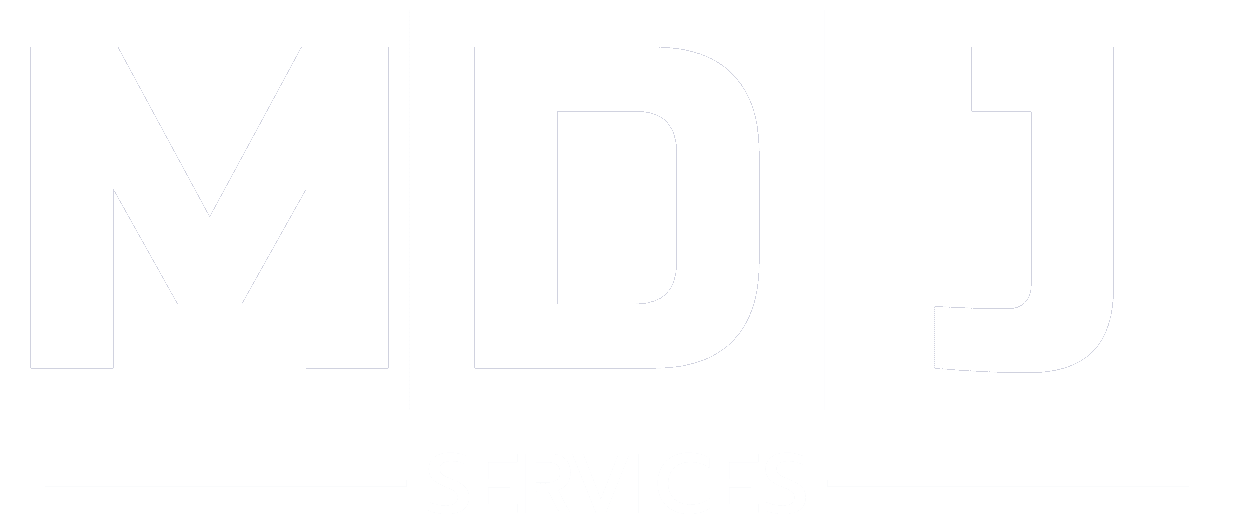Semi Truck Repair Shop
Port ARthur, Tx
Local Semi-Truck and Trailer Repair Services in SouthEast Texas – taking care of your fleet
WHAT WE DO
DOT Inspections: Streamline your DOT inspections with expert guidance and comprehensive compliance solutions
Preventative Maintenance: Prevention is key to longevity. Our preventative maintenance services are tailored to keep your trucks and trailers running smoothly, minimizing the risk of future breakdowns and costly repairs.
Brake Services: We provide thorough brake inspections and repairs, ensuring your vehicle's braking system functions reliably for your safety on the road.
Oil Changes: Essential for engine health. Regular oil changes are crucial to maintaining your engine's efficiency and longevity.
Wheel seals: We conduct thorough inspections to identify any signs of damage or wear and use top-quality seals for replacements to ensure a secure, long-lasting fit.
Suspension Repairs: Ensuring stability and control. suspension maintenance and repair enhances the handling of your trucks and trailers, ensuring they can safely carry any load.
Hydraulic Repairs: hydraulic repairs, from fixing leaks to overhauling complex systems, ensuring your hydraulic equipment operates flawlessly.
A/C Jobs: Comfort meets functionality. ensuring a comfortable cabin environment for drivers, no matter the weather.
Clutch Jobs:
Smooth operation for every journey. We handle clutch repairs and replacements, ensuring smooth gear transitions and optimal performance of your vehicle.
ABOUT
Our roots in the mechanic world run deep. Our owner, Mark Dugas JR. a seasoned mechanic, has dedicated his life to understanding and mastering the intricacies of vehicle/EQUIPMENT repair.
originally a aggregate haul company, we're channeling this extensive experience into MDJ Services, offering specialized repair and maintenance services for trucks and trailers.
-
Example of Preventative Maintenance
 Button
ButtonSemi-Truck Preventative Maintenance Schedule
Vehicle: Freightliner Cascadia
Model Year: 2023
Mileage: 100,000 miles
Preventative maintenance is crucial for keeping semi-trucks like the Freightliner Cascadia operating efficiently and safely. Below is a sample preventative maintenance schedule for this semi-truck model:
Oil Change and Filter Replacement
Interval: Every 25,000 miles or as per manufacturer's recommendation
Action: Drain and replace engine oil with manufacturer-recommended grade. Replace oil filter.
Tire Inspection and Rotation
Interval: Every 10,000 miles or as needed
Action: Inspect tire tread depth, wear patterns, and inflation. Rotate tires as necessary to ensure even wear.
Brake Inspection and Adjustment
Interval: Every 50,000 miles or as needed
Action: Inspect brake pads, drums, and rotors for wear. Adjust brakes as necessary. Replace brake pads if worn beyond manufacturer's specifications.
Cooling System Service
Interval: Every 75,000 miles or as recommended
Action: Flush and refill coolant. Inspect hoses, clamps, and radiator for leaks or damage. Replace coolant filter if applicable.
Transmission Service
Interval: Every 100,000 miles or as per manufacturer's recommendation
Action: Drain and replace transmission fluid. Replace transmission filter if applicable.
Fuel System Inspection
Interval: Every 25,000 miles or as needed
Action: Inspect fuel lines, filters, and injectors for leaks or damage. Clean or replace fuel filters as necessary.
Electrical System Check
Interval: Every 50,000 miles or as needed
Action: Inspect battery terminals, cables, and connections. Test alternator output and starter condition. Replace batteries if nearing end of life.
Suspension and Steering Inspection
Interval: Every 50,000 miles or as needed
Action: Inspect shock absorbers, springs, bushings, and steering components for wear or damage. Lubricate as necessary.
Exhaust System Inspection
Interval: Every 50,000 miles or as needed
Action: Inspect exhaust pipes, mufflers, and emission control devices for leaks, damage, or excessive corrosion. Repair or replace components as necessary.
General Vehicle Inspection
Interval: Every 10,000 miles or as needed
Action: Perform a comprehensive inspection of the entire vehicle, including lights, mirrors, windshield wipers, belts, and fluid levels. Address any issues found during the inspection.
Following this preventative maintenance schedule helps ensure that the semi-truck remains in optimal operating condition, minimizes the risk of unexpected breakdowns, and extends the vehicle's lifespan. Additionally, adhering to manufacturer-recommended service intervals may help maintain warranty coverage and resale value.
-
What's the process of DOT Inspection?
 Button
ButtonAppointment and Check-In: The vehicle owner makes an appointment for a DOT inspection at the shop. Upon arrival, they check in with the shop's receptionist or service advisor and pay the $40 for Commericial DOT inspection.
Initial Documentation Review: The shop reviews the vehicle's documentation, including registration, insurance, and any previous inspection reports.
Visual Inspection: A trained technician visually inspects the exterior and interior of the vehicle. They check for visible defects, proper markings, and the condition of lights, tires, brakes, and other essential components.
Functional Checks: The technician performs functional checks on critical systems such as brakes, steering, suspension, and lights to ensure they are operating correctly.
Brake System Inspection: The technician inspects the brake system, including brake pads, drums, rotors, hoses, lines, and fluid levels. They may also test the parking brake.
Under Vehicle Inspection: The technician examines the underside of the vehicle for leaks, loose components, and damage to essential systems such as the fuel, exhaust, and driveline.
Documentation Review and Reporting: The shop completes a DOT inspection report, documenting any issues found during the inspection. They provide the vehicle owner with a copy of the report and recommendations for necessary repairs or adjustments.
Follow-Up: The shop discusses any required repairs or maintenance with the vehicle owner and schedules any necessary follow-up appointments.
-
How often should I have a service on my semi truck?
 Button
ButtonService intervals for semi-trucks can vary depending on factors such as the manufacturer's recommendations, the specificd model of the truck, the type of engine, and the operating conditions. However, a general guideline for preventative maintenance service intervals for semi-trucks is as follows:
Oil Change and Filter Replacement: Every 15,000 to 25,000 miles or every 6 to 12 months, depending on the type of engine and manufacturer's recommendations.
Tire Inspection and Rotation: Every 10,000 to 15,000 miles or as needed to ensure even wear.
Brake Inspection and Adjustment: Every 50,000 to 100,000 miles or as needed, depending on driving conditions and brake system type.
Cooling System Service: Every 50,000 to 100,000 miles or as recommended by the manufacturer.
Transmission Service: Every 100,000 miles or as recommended by the manufacturer.
Fuel System Inspection: Every 25,000 to 50,000 miles or as needed to ensure proper operation.
Electrical System Check: Every 50,000 miles or as needed to maintain proper functionality.
Suspension and Steering Inspection: Every 50,000 miles or as needed to ensure safe handling.
Exhaust System Inspection: Every 50,000 miles or as needed to maintain emissions compliance.
It's important to consult the truck's manual and follow the manufacturer's recommendations for specific service intervals and maintenance procedures. Additionally, factors such as driving conditions, load weight, and climate may necessitate more frequent maintenance. Regular preventative maintenance helps ensure the safety, reliability, and longevity of semi-trucks, reducing the risk of breakdowns and costly repairs.
Contact Us
Opening Hours
- Mon - Fri
- -
- Sat - Sun
- Closed
